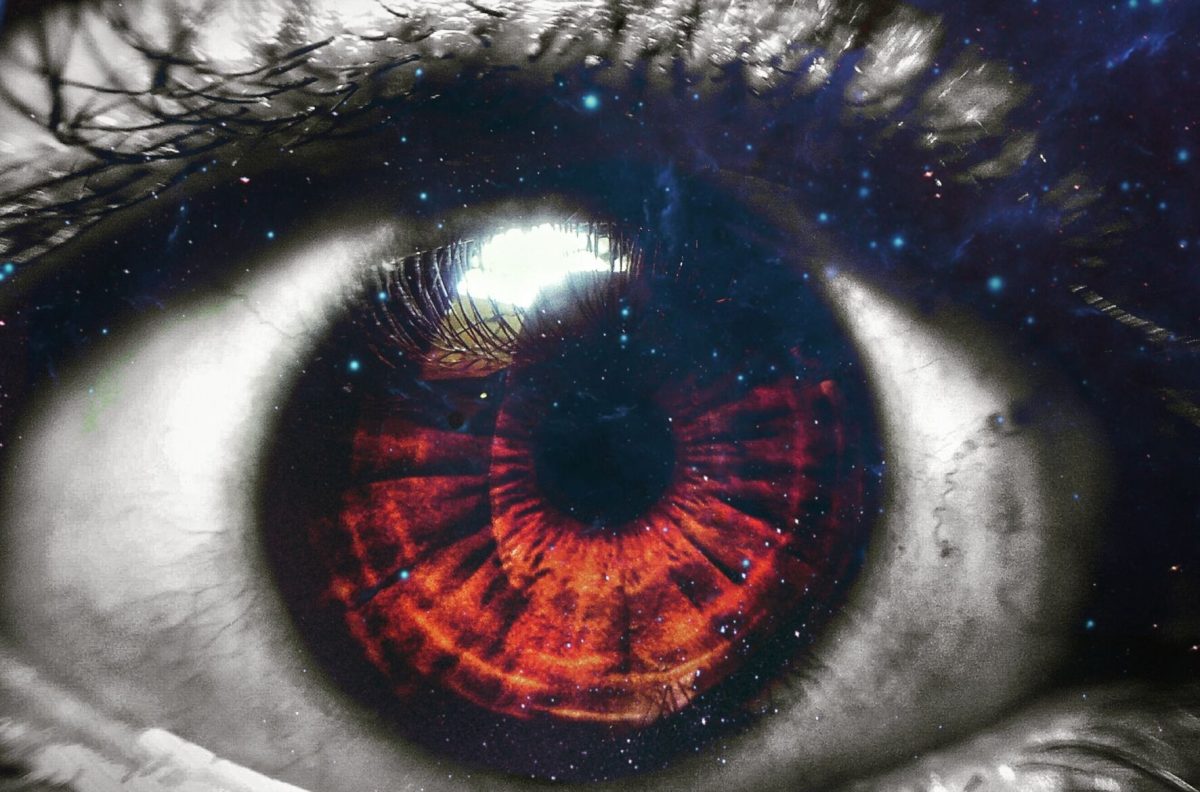It seems a day does not go by without hearing about some miracle procedure happening for patients around the globe. Yesterday was the first robot assisted heart transplant, and today is the use of stem cells to restore vision. In 2021, a paper was published in the Medicines journal explaining the use of Bone Marrow-Derived Stem Cells (BMSC) in patients with Stargardt disease. Most of these patients experienced visual improvement and,, while this may not sound as impressive as this article title implies, this research is paving a pathway, and I will tell you how.
Stargardt disease is an inherited disorder affecting the area of the eye that detects light: the retina. Most individuals with this disorder do not become completely blind but have progressively worsening vision as they mature into adulthood. This failing vision is a result of the slow but progressive damage happening to the macula, the part of the retina that is responsible for our straight-forward vision. This genetically linked disorder causes a patient’s central vision to worsen over time and the disease has had no significant treatments until now.
Now, there is a new technique to combat this disease. Researchers have based their study on a relatively new idea: using stem cells to regenerate tissues that our body normally cannot. Stem cell research, like heart and spinal cord regeneration, are highly active research areas, and some scientists are even looking into how stem cells can help other diseases like sickle cell anemia and malaria. Stem cells have these amazing capabilities because they are cells that have the potential to become anything: skin, a heart, a pair of eyes, a pancreas, and everything in between. In this study, the researchers used BMSCs and injected them into the eyes of patients with Stargardt disease. Out of the 34 eyes treated, 21 showed significant improvement in their vision. This was proof that stem cells were able to partially restore function in the damaged retinas. Although not every patient exhibited improved vision and not every form of worsening vision originates at the retina, this study represents progress in the use of stem cells to regenerate our eyes. Stem cells may become the future of vision loss treatment, with the cure for blindness being just over the horizon.















